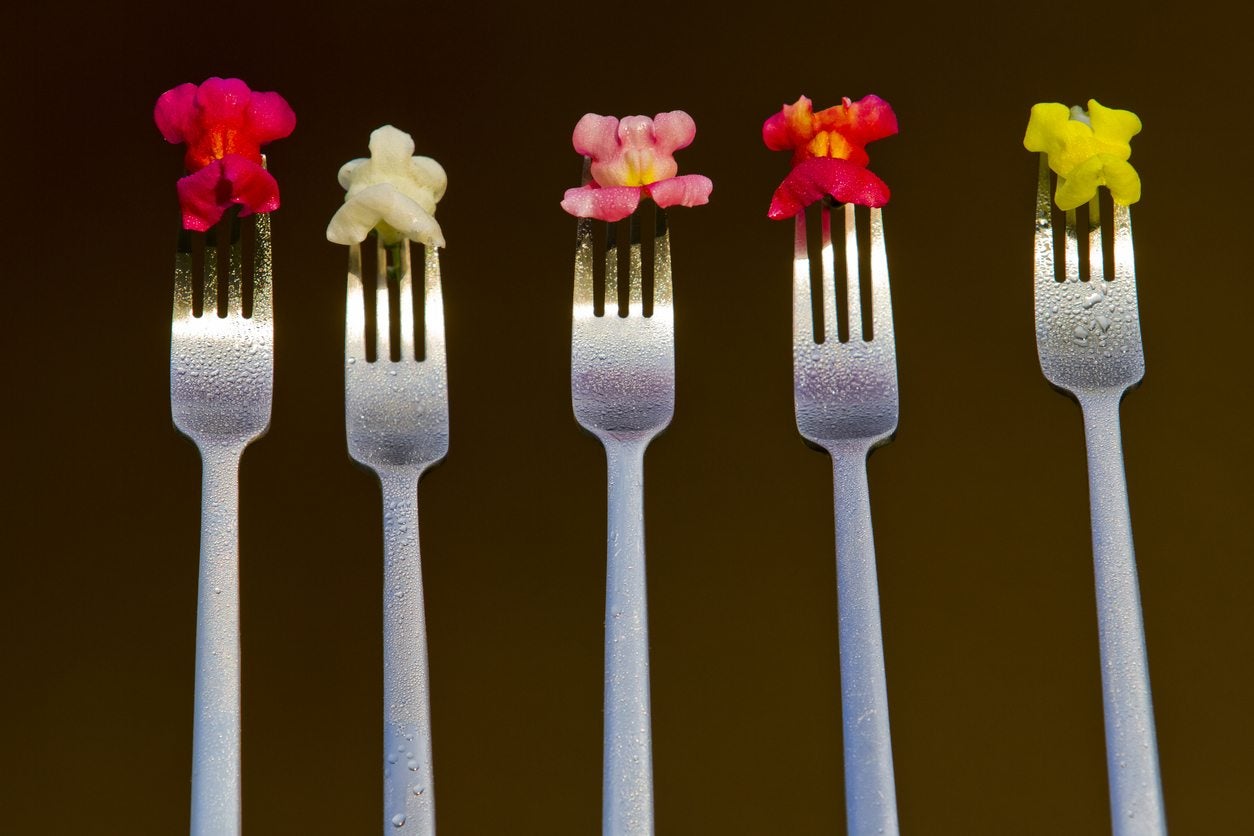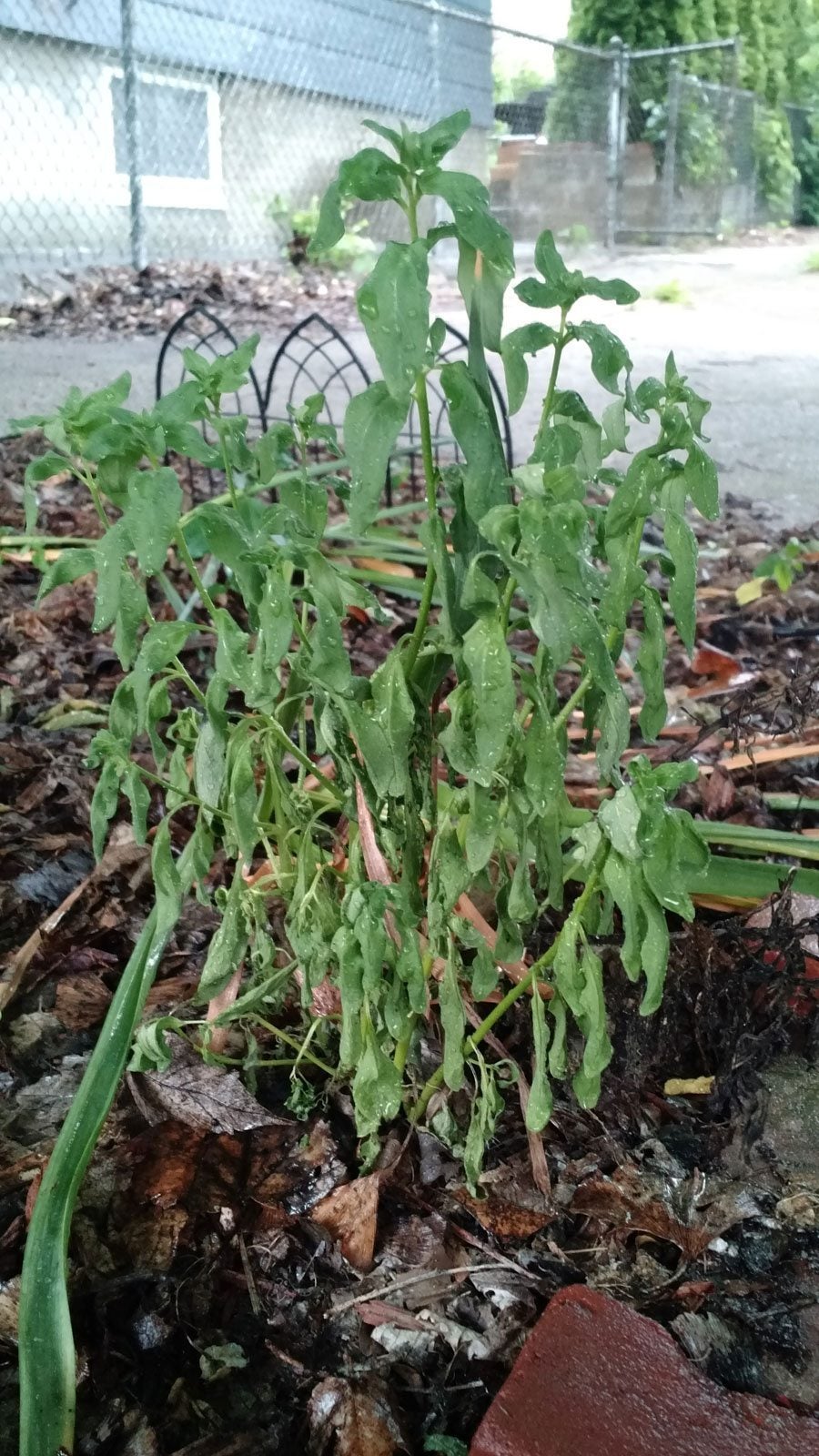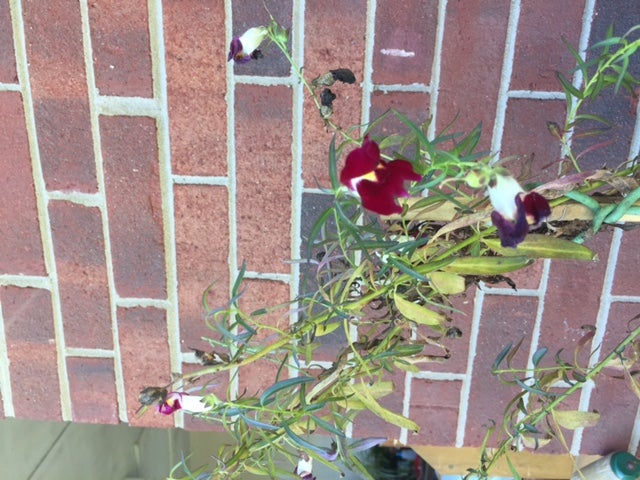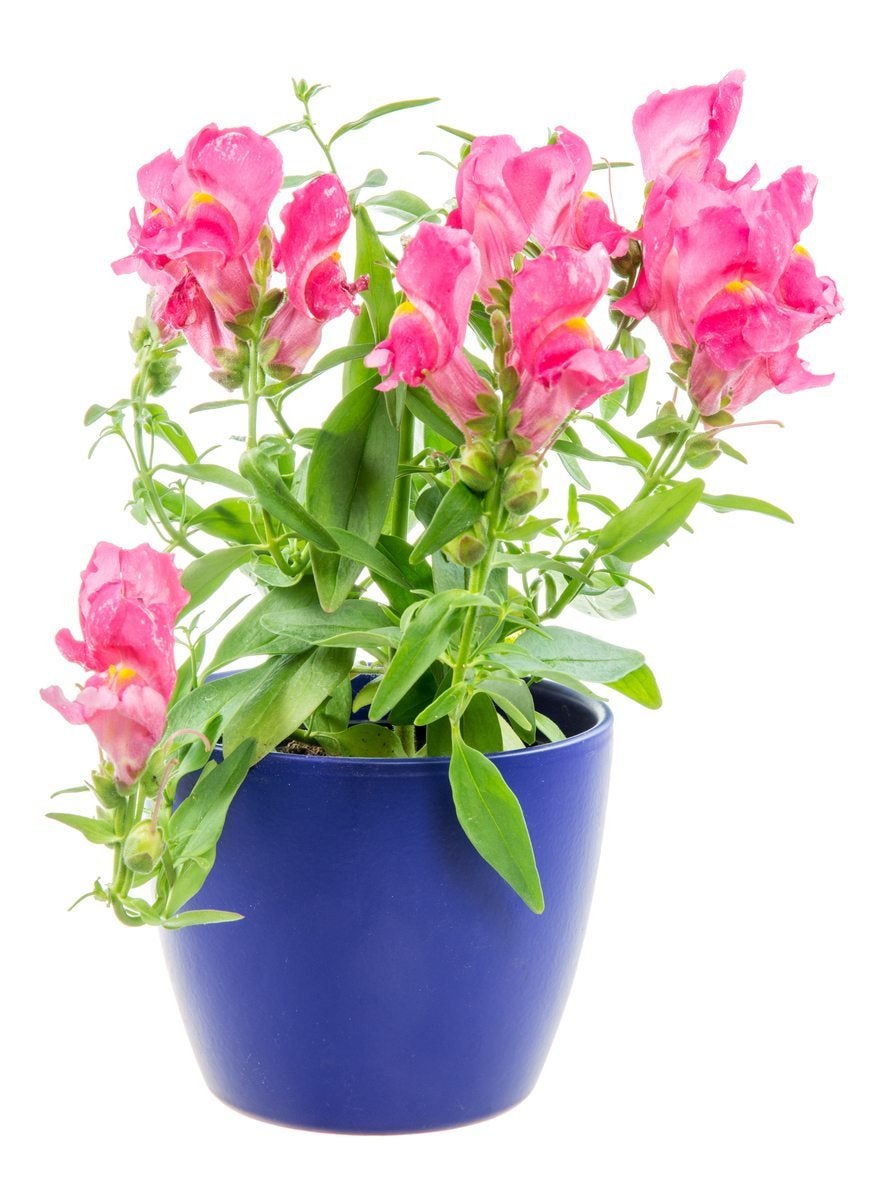Are Snapdragons Edible – Information About Snapdragon Edibility And Uses

Have you ever been wandering through the flower garden, stopping to admire and inhale the intoxicating aroma of a particular bloom and thought, "These are so beautiful, and they smell amazing, I wonder if they are edible..." Edible flowers are not a new trend; ancient cultures used roses and violets, for example, in teas and pies. You are probably aware of some of the more common edible flowers, but how about snapdragon edibility? It’s one of the more common garden flowers, but can you eat snapdragons?
Can You Eat Snapdragons?
You’ll find me using snapdragons in the garden a lot! It’s simply because I live in a mild climate and the little beauties pop up year after year, and I let them. I’m not the only one using snapdragons in the garden either. They come in tons of colors and sizes so whatever your garden schemes, there’s a snappy for you. I must confess that until recently it never occurred to me to wonder about eating snapdragon flowers. Yes, they are gorgeous, but they don’t smell particularly enticing. Anyway, the short answer is that, yes, snapdragons are edible, sort of.
Eating Snapdragon Flowers
If you’ve been to a fairly nice restaurant, chances are good that you came upon a floral garnish, and more than likely didn’t eat it. While using flowers in foods is an age-old practice, most of the flowers used for garnish are suited for just that, garnish, and won’t really add anything to your culinary palate. That’s because, although they may be pretty, a lot of edible flowers have a rather bland flavor, imparting only their beauty and not necessarily any tasty flavor to a dish. Eating snapdragon flowers are a perfect example. Snapdragons make it on the edible flower lists, but they are there solely for their ornamental value. Really, of all the edible flowers, snapdragon probably ranks last on the list. Its edibility isn’t in question; it won’t poison you, but the question is do you even want to eat it? The snapdragon genus, Antirrhinum, is from the Greek meaning 'opposite the nose' or 'unlike the nose.' Your nasal acuity is closely linked to your taste perception. If you have ever tasted a snapdragon, you don’t need to imagine why this might be its descriptive terminology. They taste bland to downright bitter, depending upon how and where they are grown. So, again, snapdragon’s edibility is not in question, but I rather doubt you want to make a habit out of it. Disclaimer: The content of this article is for educational and gardening purposes only. Before using or ingesting ANY herb or plant for medicinal purposes or otherwise, please consult a physician or a medical herbalist for advice.
Gardening tips, videos, info and more delivered right to your inbox!
Sign up for the Gardening Know How newsletter today and receive a free copy of our e-book "How to Grow Delicious Tomatoes".

Amy Grant has been gardening for 30 years and writing for 15. A professional chef and caterer, Amy's area of expertise is culinary gardening.
-
 4 Superfast Composting Methods: Turn Waste Into Garden Gold In 30 Days Or Less
4 Superfast Composting Methods: Turn Waste Into Garden Gold In 30 Days Or LessTry the fastest composting methods to turbocharge your pile and transform kitchen scraps and garden waste into finished compost in just a few weeks.
By Mary Ellen Ellis
-
 Best Spider Plant Soil – Complete Soil Guide And Expert Tips For Keeping Plants Happy
Best Spider Plant Soil – Complete Soil Guide And Expert Tips For Keeping Plants HappySpider plants are fun and easy plants to grow, but what is the best soil for a spider plant? Selecting the right soil is important so they can thrive.
By Bonnie L. Grant
-
 When And How To Harvest Snapdragon Seeds For Years Of Blooms
When And How To Harvest Snapdragon Seeds For Years Of BloomsLearn how to harvest snapdragon seeds to replenish those frilly, familiar garden flowers for everything from weddings to beautiful bouquets on your table.
By Mary Ellen Ellis
-
 Why Do Snapdragons Wilt: Learn What Causes Wilting Snapdragons
Why Do Snapdragons Wilt: Learn What Causes Wilting SnapdragonsWhat can you do when your beautiful snapdragons start to hang their heads in despair? Start by reading this article, then get to work in the garden! Click here for information on why snapdragons plants wilt so you can begin fixing the problem.
By Kristi Waterworth
-
 Fixing Issues With Snapdragons – How To Deal With Snapdragon Problems
Fixing Issues With Snapdragons – How To Deal With Snapdragon ProblemsSnapdragons are fanciful plants that delight and inspire wonder in people of all ages, but they can also suffer from a number of problems. As a snapdragon keeper, it's your duty to learn more about the problems your plants can suffer, so click here to begin your journey.
By Kristi Waterworth
-
 Propagating Snapdragons – Learn How To Propagate A Snapdragon Plant
Propagating Snapdragons – Learn How To Propagate A Snapdragon PlantSnapdragons are beautiful tender perennial plants that put up spikes of colorful flowers in all sorts of colors. But how do you grow more snapdragons? Click this article to learn more about snapdragon propagation methods and how to propagate a snapdragon plant.
By Liz Baessler
-
 Snapdragon Variations: Growing Different Kinds Of Snapdragons
Snapdragon Variations: Growing Different Kinds Of SnapdragonsSnapdragons are beautiful and fascinating flowers. But which kind should you plant? Click to learn about snapdragon varieties.
By Ilana Goldowitz Jimenez
-
 Growing Snapdragons In Pots – Tips For Snapdragon Container Care
Growing Snapdragons In Pots – Tips For Snapdragon Container CareSnapdragons are perennials, often grown as annuals, and produce a pretty and brightly-colored spike of flowers. While often used in beds, container grown snapdragons are another great garden, patio, and even indoor option. Learn more in this article.
By Mary Ellen Ellis
-
 Annual Vs. Perennial Snapdragon Plants: How Long Do Snapdragons Live
Annual Vs. Perennial Snapdragon Plants: How Long Do Snapdragons LiveThe most common question about snapdragons is: are snapdragons annual or perennial? The answer is that they can be both. You can learn more about how long snapdragons live by clicking this article for additional information.
By Darcy Larum
-
 Seed Grown Snapdragons – How To Grow Snapdragons From Seed
Seed Grown Snapdragons – How To Grow Snapdragons From SeedOnce established, snapdragons are remarkably self-sufficient, but planting snapdragon seeds can be tricky. Want to try your hand at seed-grown snapdragons? Click on the following article to learn the basics of snapdragon seed propagation.
By Mary H. Dyer